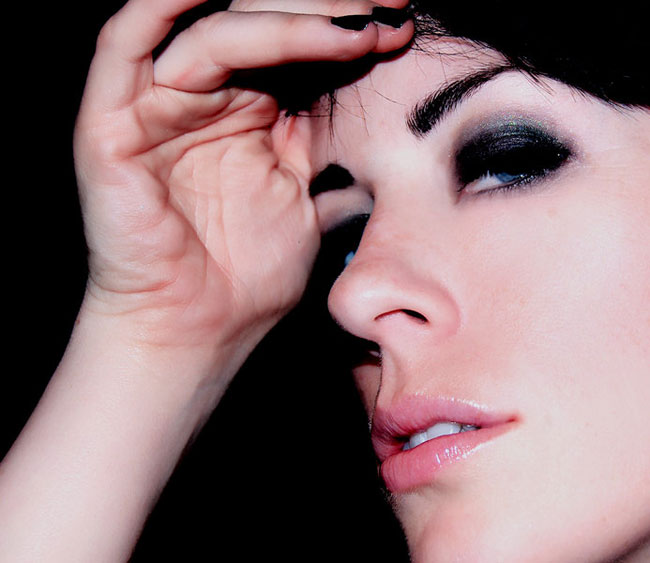Samantha Brick's Claim Reveals Science of Beauty

While the Internet is abuzz declaring "she's hot" or "she's not" regarding Samantha Brick, who claimed Monday that she is "too beautiful" and it has been something of a curse for her, scientists may have some hard-and-fast rules about true beauty.
Brick, a freelance writer from France, made her claim in an article in the Daily Mail titled "There Are Downsides to Looking This Pretty: Why Women Hate Me for Being Beautiful." In the article, Brick claimed that pretty women, such as herself, get treated badly by other, less pretty women who often get jealous.
Her comments set off a firestorm of hate mail, insulting comments and nasty Twitter messages directed at the author, mostly surrounding her claim of being beautiful. While a scientist is unlikely to come forward and rate Brick's beauty, research into attractiveness suggests attraction boils down to how symmetrical one's face is.
Evolutionary biologist Randy Thornhill of the University of New Mexico has been studying symmetry for two decades by using scans to digitize faces and bodies. He's found that both men and women rated members of the opposite sex with-symmetrical faces and bodies as more attractive and in better health than their less symmetrical counterparts. The differences can be measured by just a few percentage points — perceivable, though not necessarily noticeable.
Good symmetry shows that an individual has the genetic goods to survive development, is healthy, and is a good and fertile choice for mating, Thornhill told LiveScience in 2006: "It makes sense to use symmetry variation in mate choice," he said. "If you choose a perfectly symmetrical partner and reproduce with them, your offspring will have a better chance of being symmetric," because you both have good, symmetrical genes.
A study by Thornhill, published in 1995 in the journal Animal Behavior, even found that women have more orgasms during sex with men who had more symmetrical faces and bodies, regardless of their level of romantic attachment or the guys' sexual experience.
Researchers at Tel Aviv University have even created a "beauty machine" that can transform a face into the more attractive version of someone.
Sign up for the Live Science daily newsletter now
Get the world’s most fascinating discoveries delivered straight to your inbox.
The machine not only shows the human ideal of a perfectly beautiful face, but it also can help plastic surgeons create that vision. Beauty "is not simply in the eye of the beholder," researcher Daniel Cohen-Or told LiveScience in 2008. "Beauty can be quantified by mathematical measurements and ratios. It can be defined as average distances between features, which a majority of people agree are the most beautiful."
To design the beauty machine, Cohen-Or had 68 Israeli and Germans rank the beauty of 93 different faces. The scores were correlated to measurements of facial features and used to create an algorithm of "desirable elements of attractiveness," which manipulate an image and spit out a better, prettier version.
Another study, published in the International Journal of Primatology in 2009, indicates that color can make all the difference in facial attractiveness. When it comes to facial skin color among Caucasians, a light, yellowish complexion looks the healthiest, they found. The skin color could indicate a healthy diet of fruits and vegetables, whose pigments are known to change the skin's hue, researchers suggest.
Does Brick fit the bill? That you'll have to judge for yourself.
You can follow LiveScience staff writer Jennifer Welsh on Twitter, on Google+ or on Facebook. Follow LiveScience for the latest in science news and discoveries on Twitter and on Facebook.
Jennifer Welsh is a Connecticut-based science writer and editor and a regular contributor to Live Science. She also has several years of bench work in cancer research and anti-viral drug discovery under her belt. She has previously written for Science News, VerywellHealth, The Scientist, Discover Magazine, WIRED Science, and Business Insider.











